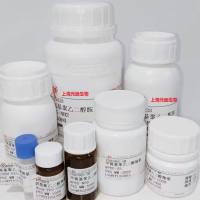Modeling and Analysis of Repeat RNA Toxicity in Drosophila
互联网
486
Expansion of repeat sequences beyond a pathogenic threshold is the cause of a series of dominantly inherited neurodegenerative
diseases that includes Huntington’s disease, several spinocerebellar ataxias, and myotonic dystrophy types 1 and 2. Expansion
of repeat sequences occurring in coding regions of various genes frequently produces an expanded polyglutamine tract that
is thought to result in a toxic protein. However, in a number of diseases that present with similar clinical symptoms, the
expansions occur in untranslated regions of the gene that cannot encode toxic peptide products. As expanded repeat-containing
RNA is common to both translated and untranslated repeat expansion diseases, this repeat RNA is hypothesized as a potential
common toxic agent.
We have established Drosophila
models for expanded repeat diseases in order to investigate the role of multiple candidate toxic agents and the potential
molecular pathways that lead to pathogenesis. In this chapter we describe methods to identify candidate pathogenic pathways
and their constituent steps. This includes establishing novel phenotypes using Drosophila
and developing methods for using this system to screen for possible modifiers of pathology. Additionally, we describe a method
for quantifying progressive neurodegeneration using a motor functional assay as well as small RNA profiling techniques, which
are useful in identifying RNA intermediates of pathogenesis that can then be used to validate potential pathogenic pathways
in humans.









